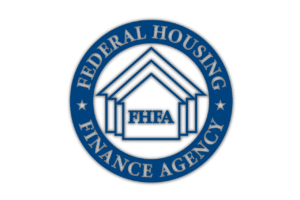The U.S. Department of Housing and Urban Development (HUD) released Wednesday, July 8 a final rule on affirmatively furthering fair housing. The rule:
- Clarifies and simplifies existing fair housing obligations for HUD grantees to analyze their fair housing landscape and set locally-determined fair housing priorities and goals through an Assessment of Fair Housing (AFH).
- Establishes HUD will provide open data to grantees and the public on patterns of integration and segregation, racially and ethnically concentrated areas of poverty, disproportionate housing needs, and disparities in access to opportunity.
- Establishes that in addition to providing data and maps, HUD will also provide technical assistance to aid grantees as they adopt this approach.
The rule responds to recommendations of the Government Accountability Office and stakeholders for HUD to enhance its fair housing planning obligations by providing greater clarity and support to jurisdictions receiving HUD funding, and facilitating local decision-making on fair housing priorities and goals.
For more than forty years, HUD funding recipients have been obligated by law to reduce barriers to fair housing. Established in the Fair Housing Act of 1968, the law directs HUD and its program participants to affirmatively further the Act’s goals of promoting fair housing and equal opportunity. The final rule on affirmatively furthering fair housing (AFFH) aims to provide all HUD grantees with clear guidelines and the data that will help them to achieve those goals.
NH&RA’s Summer Institute featured a panel discussion of the Supreme Court’s recent disparate impact decision on Thursday, July 16 in Newport, RI. HUD Acting Assistant Secretary for Fair Housing and Equal Opportunity, Bryan Greene, participated on the panel.



